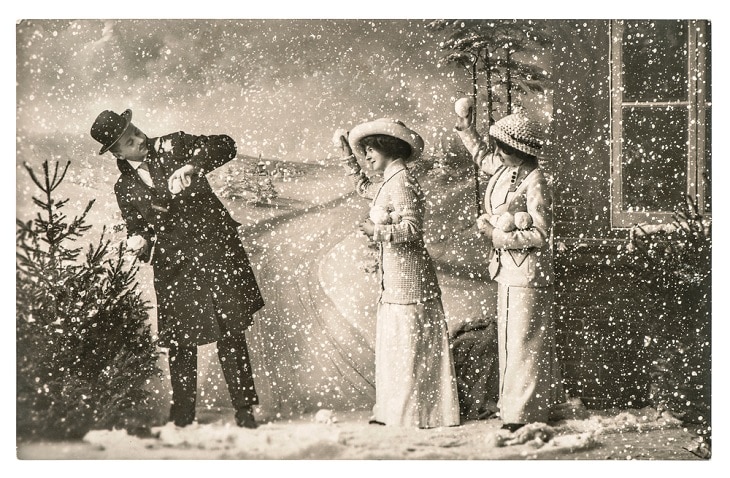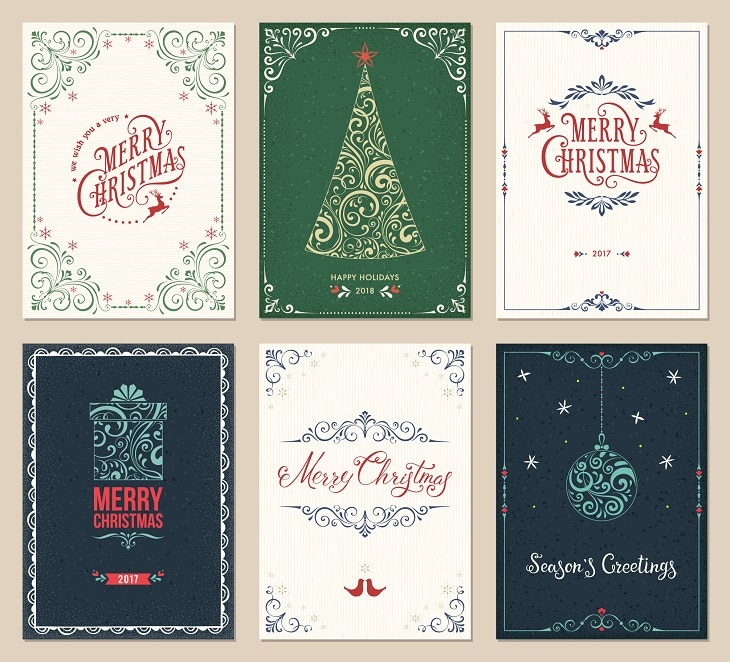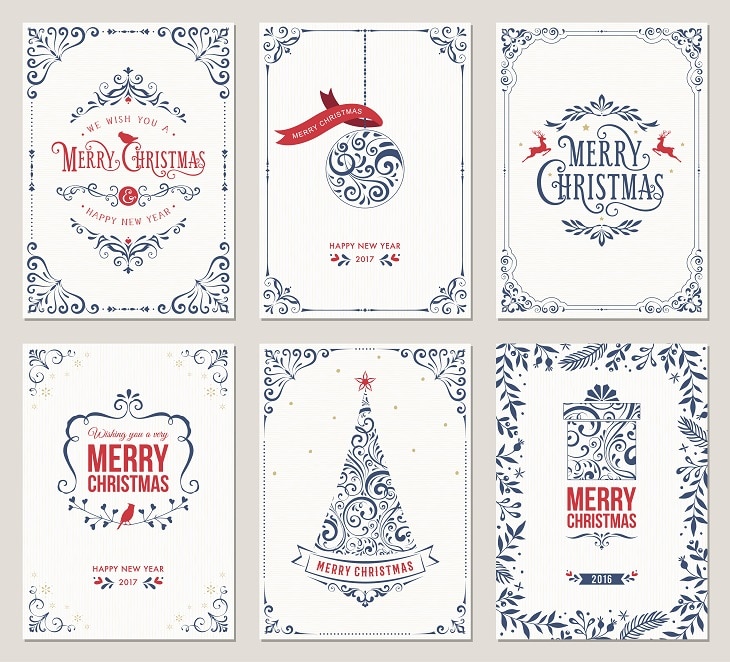Make money collecting Christmas cards
Christmas cards are a dying social courtesy. With digital communication offering quick and easy alternatives, it’s really no surprise.
For the more sentimental among us, this could be a rather sad state of affairs. However, if you’ve been hanging on to each Christmas card you’ve ever received, and maybe even safeguarding those of previous generations, you could be sitting on top of a miniature goldmine!
As Christmas cards become increasingly novel, so their value grows.
Let’s take a look at ways you can make money from collecting Christmas cards.
- How Christmas cards became a thing
- The most expensive Christmas card in the world
- How to identify a valuable Christmas card
- Where to buy and sell
How Christmas cards became a thing

Perhaps the best place to start our investigation is to go right back to the very beginning.
Although it may seem like Christmas cards have always been around, they really only date back to the 1800s.
The first ever Christmas card was created in the UK in 1843 by London-based illustrator John Calcott Horsley on behalf of Sir Henry Cole. Horsley designed and hand-coloured the original, after which a total of 1,000 were lithographed. These cards were sold at a shilling each.
The card shows a Christmas dinner with three generations of a family enjoying a Christmas party. The side panels show charitable scenes with people clothing and feeding the poor. Only 12 of the original 1,000 cards still in existence.
The most expensive Christmas cards in the world

Unsurprisingly, both their rarity and historical significance has made these cards extremely valuable.
In November 2001, Horsley’s original hand-coloured Christmas card – the prototype upon which the 1,000 lithographed copies were based – was sold at auction in Devizes for £20,000 and bought by an anonymous bidder. Cole had sent this exact Christmas card to his grandmother. It also holds the Guinness World Record for the most expensive greeting card ever sold at auction.
Of course, this isn’t the only Christmas card that’s ever made its way to auction.
Earlier this year, a group of 15 Christmas card designs by Salvador Dalí were put up for auction. The cards were commissioned by the Spanish pharmaceutical laboratory Hoechst Ibérica between 1959 and 1976. They were expected to raise up to €1m at Artcurial’s Modern and Impressionist Art auction in Paris.
Unsurprisingly, Christmas cards with a royal history also tend to rake in pounds. In 2017, collection of 35 cards sent by the Queen and Duke of Edinburgh over a 40-year period were sold at auction for £1,530.
How to identify valuable Christmas cards

Now, the chances that you have one of Horsley’s original 1,000 lithographed Christmas cards in your possession are slim. And so are the chances that you have any designed by other famous artists or sent by the royal family.
However, this does not mean that your collection is devoid of value.
Here are a few things that could spell big bucks when it comes to old Christmas cards:
Age
Since holiday and birthday cards are considered by most to be nothing more than sentimental ephemera, it’s not unusual for them to end up in the trash once festivities are over. Which means it’s extraordinarily hard to find really, really old Christmas cards.
If, however, you suspect that there might be a couple gathering dust in your storeroom, go have a bit of a rummage.
Obviously, the older the specimen the more valuable it will be.
Condition
Another big determiner of value is how well-preserved the Christmas card in question is. If you have one dating back to 1890, but it’s torn and faded, the likelihood of it bringing in any money is close to zero.
If however, the card has been stored carefully, protected from any possible damage and still looks as pristine as the day it arrived on the mantlepiece, you may just be in luck!
Artwork
What’s on the card? If it’s an original artwork by a moderately to highly successful artist (who knows – maybe your great grandparents were well-connected), the card may just be of interest to collectors.
Another thing to take note of on the cover of the card in question is whether it depicts an historic event or popular character. Examples of the former may include anything alluding to one of the World Wars, while the latter could perhaps come in the form of classic, vintage illustrations of anyone from Santa Clause to Mickey Mouse.
What’s inside
Finally, even if the well-preserved outside is somewhat unremarkable, the inside may be where the magic lies.
If you have a Christmas card with an ink-on-paper celebrity signature, its value is almost sure to shoot up. Of course, there’s also a hierarchy to consider here. If you have one signed by Queen Elizabeth herself, it’s probably quite a bit more valuable than one bearing the signature of your local radio station’s host.
Where to buy and sell
Tickled by the idea of making money from Christmas cards? We suggest you start your career on eBay!
It’s pretty easy to set up an account and you’ll also have full control over your auctions and sales.
Currently, vintage Christmas cards are selling from anything between £0.50 and £539.12.
Once you have your foot in the door and your collection starts growing, you may want to investigate which auctioneers could help you find the best bidders for your collections.
The post Make money collecting Christmas cards appeared first on MoneyMagpie.
Labels: News


0 Comments:
Post a Comment
Subscribe to Post Comments [Atom]
<< Home